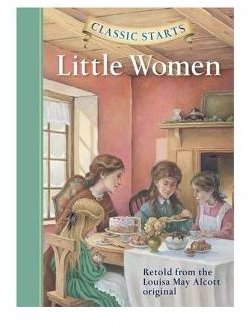Reading Instruction for Gifted Students: How to Choose Books for Giftedness
Why It’s a Challenge
Children who fit within that category of learners often known as ‘gifted and talented’ can often find reading a challenge, just as those students who struggle to read at all. The problem for gifted and talented children, however, is not one of a lack of ability to read. Rather, it is a problem of finding appropriate, interesting and meaningful content so that they can enjoy reading and learn from it.
Just as a student who struggles to read will find decoding text and reading with fluency and skill sufficient for good comprehension, so too does a gifted and talented child run into trouble if they are attempting books which are related to topics well outside their experiences, interest areas or are about issues that are inappropriate for a child of his age level.
Reading Recovery Levels to Help With Literacy Selection
Teachers can be guided by reading recovery levels to a certain extent. Reading recovery levels tell the reader (and teacher) roughly what level of reader should be able to manage the book. Often children in their first year of school will be reading at around Reading Recovery Levels 1-10, and from around 11-20 in their second year.
The problem for gifted and talented children is often that they begin school as already capable readers, and so are quickly moved into reading recovery level books that are written with a much older child in mind. For example, a child who is aged 5 may be given a book with a reading recovery level of 20. This book is likely to be about topics that are outside the child’s experience, or which relates to themes normally considered and discussed by children who are aged 7 or 8.
How to Select Books
There are several ways to approach the problem of suitable reading instruction for gifted students. One is to use reading recovery
levels as a guide but also pay close attention to the book descriptions to ensure the content is suitable. Another is to use a range of text types (nonfiction books about topics of interest, newspapers, magazines, journals and web pages, as well as atlases and dictionaries) to provide additional sources of reading instruction for a gifted child.
Gifted students can also be encouraged to extend their learning in a wider range of directions from a single text compared with their peers. Another useful solution is to check out some second-hand book stores and look for older fiction texts that sometimes have a larger vocabulary and more complex sentence structure than more recent texts, but which are aimed at younger readers. For example, Little Women or Seven Little Australians or The Adventures of Huckleberry Finn can be used. Classic stories such as Moby Dick often have abridged versions available for younger students that can also be useful. There are often extensive fiction book lists available online through gifted education organizations.
